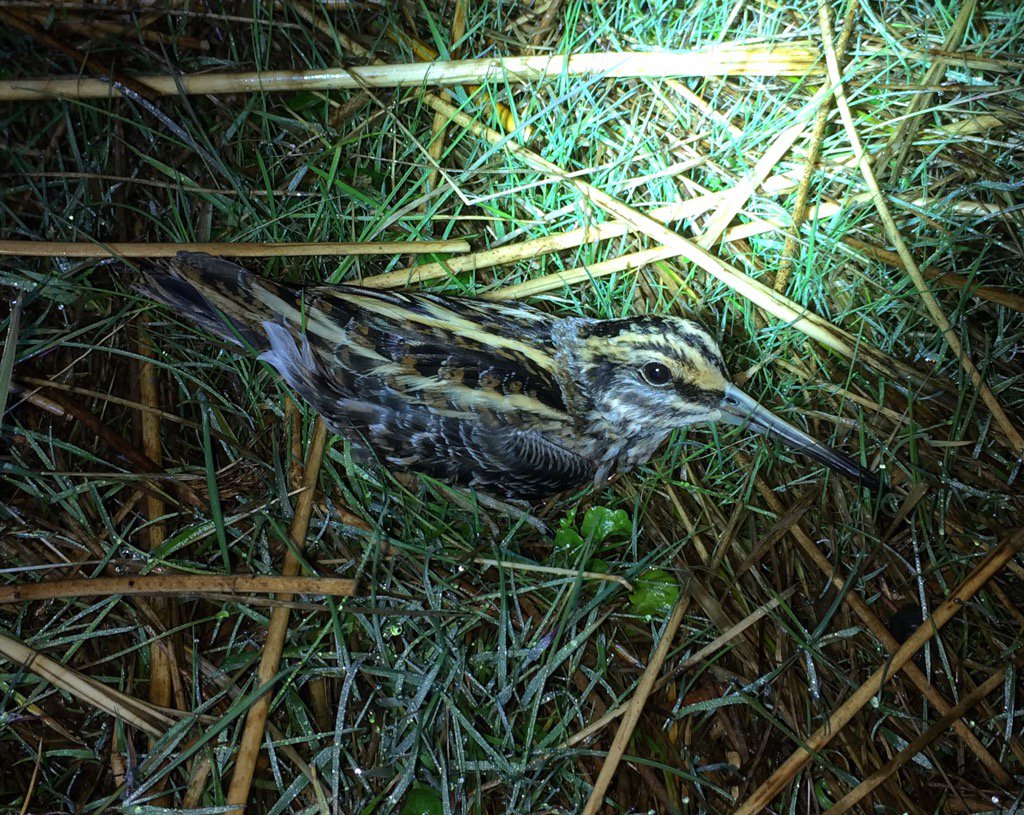You can view this information in two different ways. Our alphabetical list provides information on the status of each species within the harbour, finder dates and names, photos and favoured locations. By clicking on the Systematic List button you will be presented the full Poole Harbour systematic list which includes status of species, pending records and historical accounts.
To date, 333 species have occurred and have been accepted within the Birds of Poole Harbour boundaries. A further 11 distinct subspecies have also been seen. In addition, we have two species/subspecies which have been recorded, but are awaiting acceptance by the appropriate records panel.
There are a handful of historical records, for which there is currently insufficient information to allow their inclusion onto the Poole Harbour list, but are believed to be genuine records. They are listed at the end of the list.
Finally, there are a number of feral or escaped species that have been recorded within the Birds of Poole Harbour boundaries. They are included for completeness, but are not included on the Poole Harbour list.
We would be interested in hearing details of any species that do not appeared on this list.
The Birds of Poole Harbour systematic list is a PDF which you can view by clicking on the button below. It was last updated on December 2019.
Full Poole Harbour Systematic List
Lymnocryptes minimus
Scarce Winter Visitor
This species is rarely seen sitting in the open. Observers experience is more likely to involve flushing birds from under your feet during the winter months whilst you’re looking up at the skies. They are undoubtedly under recorded and sometimes Snipe are misidentified in their place. A fairly good ID feature when accidentally flushing Snipe/Jack Snipe is that when you flush a Jack Snipe it quite often only fly’s a few meters and drops back down into the vegetation, whereas Common Snipe will often rise and tower far out of sight. Common Snipe typically flush well ahead you whilst ‘Jacks’ will wait until you almost stand on them.
Sunnyside Farm, Wareham Water Meadows, Lytchett Bay, Swineham and Arne all have regular reports each winter. Ringing at Sunnyside Farm on 2 nights in autumn 2010 produced 12 different birds. Winter site fidelity has also been proven. A bird ringed at Sunnyside on 13th March 2010 was recaptured there the following winter on 6th November. It was also discovered in Jan 2017 Jack Snipe also feed out on the urban playing fields of Baiter during the night.

© 2025 Birds of Poole Harbour Registered Charity No. 1152615